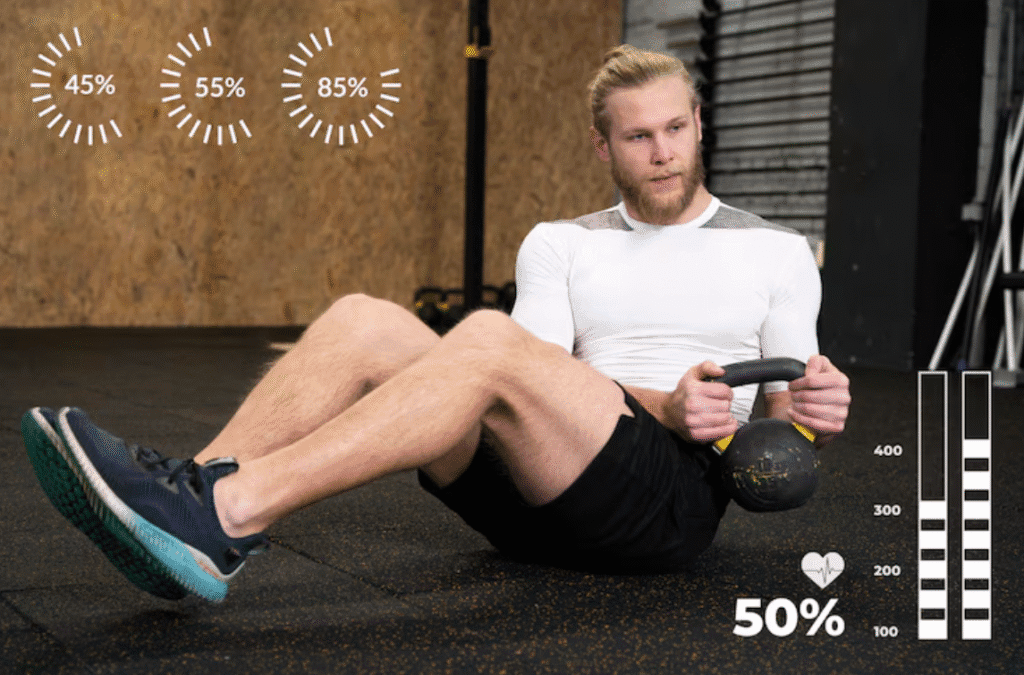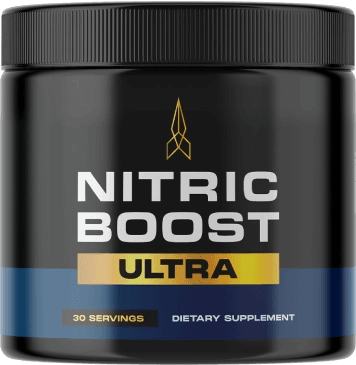Introduction
Cardiovascular fitness is often overlooked by men who focus mainly on building muscle or losing weight. However, your heart and lungs play a crucial role in your overall health and fitness. Prioritizing cardiovascular health not only improves your stamina but also protects you from heart disease, diabetes, stroke, and many other chronic conditions.
This article explains why cardiovascular fitness matters for men, how to improve it, and how to balance cardio with strength training for a healthy, fit lifestyle.
What Is Cardiovascular Fitness?
Cardiovascular fitness (also called cardiorespiratory fitness) is the ability of your heart, lungs, and blood vessels to supply oxygen efficiently to your muscles during sustained physical activity. It reflects how well your body handles aerobic exercise, such as running, cycling, or swimming.
Good cardiovascular fitness means you can perform activities with less fatigue, recover faster, and maintain energy levels throughout the day.
Why Men Should Focus on Cardiovascular Health
- Heart disease is the leading cause of death in men worldwide. Improving heart health reduces the risk dramatically.
- Cardio exercise helps manage blood pressure and cholesterol levels.
- It improves insulin sensitivity, lowering risk of type 2 diabetes.
- Regular aerobic activity aids weight control and fat loss.
- Boosts mental health by reducing anxiety and depression.
- Enhances endurance and performance in sports and daily activities.
Types of Cardiovascular Exercise
- Steady-State Cardio: Continuous activity at a moderate pace for 20–60 minutes. Examples: jogging, cycling, swimming, brisk walking.
- High-Intensity Interval Training (HIIT): Alternating short bursts of intense exercise with recovery periods. Benefits include time efficiency and improved fat burning.
- Circuit Training: Combines cardio and strength exercises in a fast-paced workout.
- Low-Impact Cardio: Ideal for joint health; includes swimming, rowing, elliptical machines, or cycling.
How Much Cardio Do Men Need?
The American Heart Association recommends:
- At least 150 minutes per week of moderate-intensity aerobic activity, OR
- 75 minutes per week of vigorous aerobic exercise, OR
- A combination of moderate and vigorous activity spread throughout the week.
For beginners, start small and gradually increase duration and intensity.
How to Measure Cardio Intensity
Understanding your workout intensity helps you train effectively.
- Heart Rate Zones:
- Moderate intensity: 50-70% of max heart rate
- Vigorous intensity: 70-85% of max heart rate
- You can estimate max heart rate as 220 minus your age.
- Use wearable devices or manually check pulse during exercise.
Balancing Cardio and Strength Training
While cardio improves heart health and endurance, strength training builds muscle and boosts metabolism. For optimal fitness:
- Incorporate strength training 2-4 times per week.
- Add cardio 3-5 times per week based on your goals.
- For fat loss, a mix of strength and cardio works best.
- Endurance athletes may prioritize cardio but still benefit from strength work.
Tips for Making Cardio Enjoyable and Sustainable
- Choose activities you enjoy — you’re more likely to stick with them.
- Mix different types of cardio to prevent boredom.
- Set goals (distance, time, or frequency) to stay motivated.
- Find a workout buddy or join classes.
- Track progress with apps or wearables.
Nutrition to Support Cardiovascular Fitness
- Eat a balanced diet rich in fruits, vegetables, whole grains, lean proteins, and healthy fats.
- Stay hydrated before, during, and after cardio workouts.
- Limit processed foods, excessive sugars, and saturated fats.
- Consider foods rich in omega-3 fatty acids (like fish) to support heart health.




